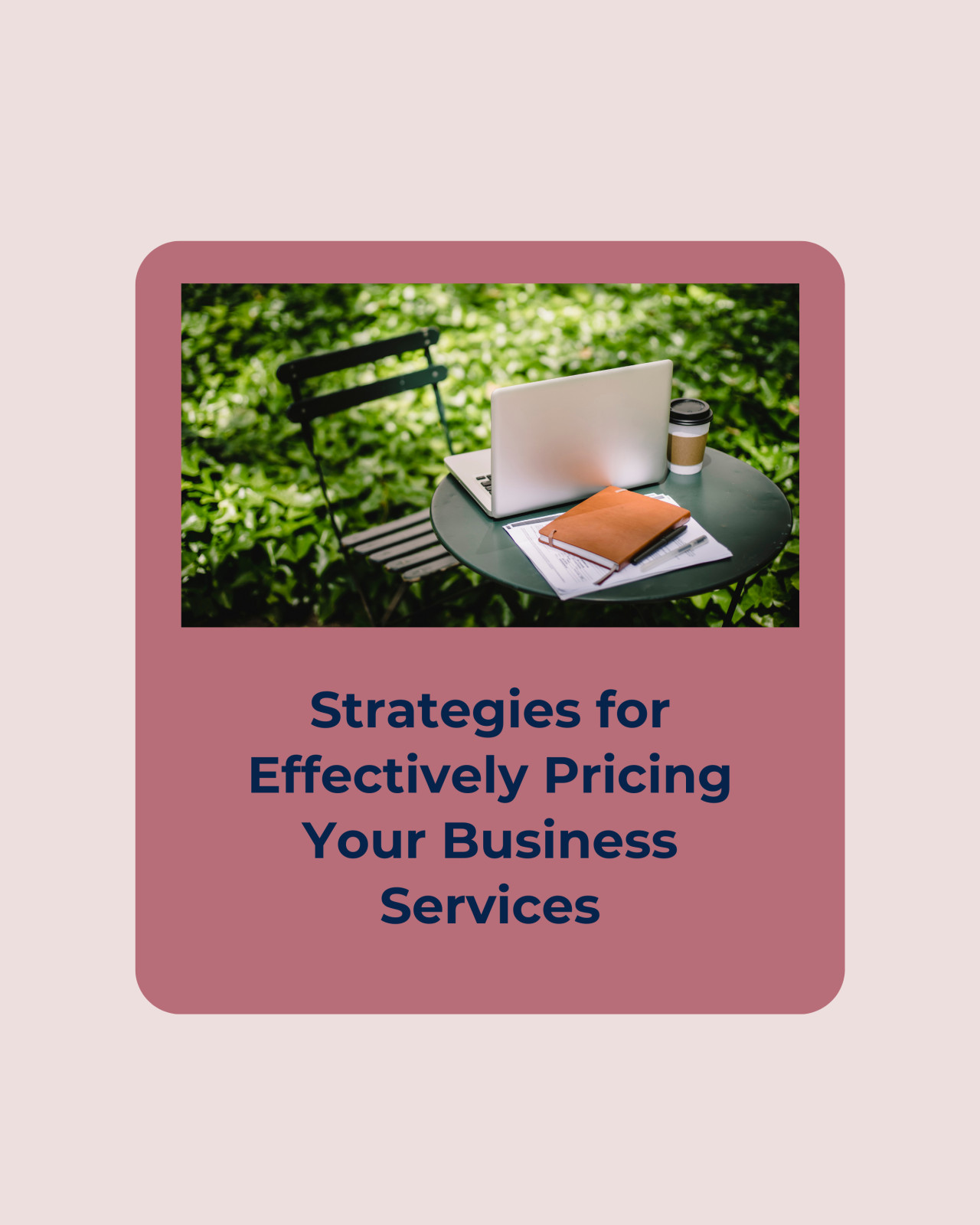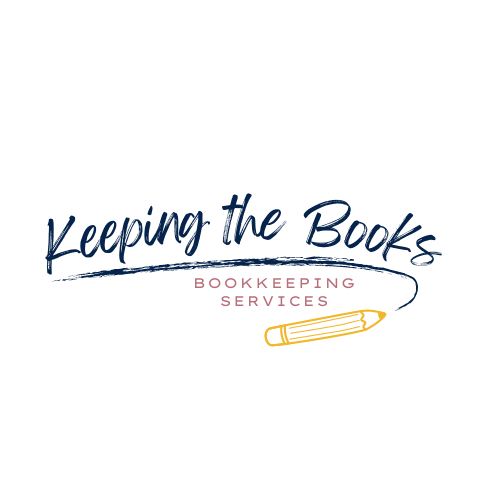
Managing your business finances can feel overwhelming, but breaking it down into manageable tasks can make all the difference. Here are essential bookkeeping tasks you should complete monthly to keep your business running smoothly and your finances in check.
1. Record All Transactions
Ensure all business transactions, including sales, expenses, and any other financial activities, are accurately recorded. This helps maintain up-to-date financial records and prevents any discrepancies.
2. Reconcile Bank Accounts
Regularly reconciling your bank accounts helps identify any errors or unauthorized transactions. Compare your bank statements with your recorded transactions to ensure they match.
3. Update Accounts Receivable and Payable
Keep track of who owes you money and what you owe others. Send out invoices promptly and follow up on overdue payments. Similarly, ensure you pay your bills on time to maintain good relationships with suppliers.
4. Review Cash Flow
Monitor your cash flow to ensure you have enough funds to cover upcoming expenses. This helps you make informed decisions about spending and investments.
5. File Receipts and Documents
Organize and file all receipts, invoices, and financial documents. This will save you time when you need to retrieve information for tax purposes or financial analysis.
6. Generate Financial Reports
Run monthly financial reports to get a snapshot of your business's financial health. Key reports to review include profit and loss statements, balance sheets, and cash flow statements.
Staying on top of these monthly bookkeeping tasks can significantly enhance your financial management and help you make informed decisions for your business. If you need assistance or want to ensure your bookkeeping is in top shape, we're here to help!
Britt

Managing business expenses is crucial for maintaining profitability and ensuring long-term success. Here’s how you can master and minimize your business expenses efficiently:
1. Categorize Your Expenses
Start by categorizing your expenses into fixed and variable costs. Fixed costs, like rent and salaries, remain constant, while variable costs, such as supplies and utilities, fluctuate. Understanding these categories helps you identify areas where you can cut back.
2. Analyze Your Spending
Review your financial statements regularly to analyze your spending patterns. Identify any unnecessary or excessive expenses. Utilize accounting software to track and report expenses accurately.
3. Negotiate with Suppliers
Don’t hesitate to negotiate with your suppliers for better rates or discounts. Long-term relationships and bulk purchases can often lead to cost savings.
4. Embrace Technology
Leverage technology to streamline operations and reduce costs. Use cloud-based software for accounting, project management, and communication to save on hardware and maintenance expenses.
5. Outsource When Possible
Consider outsourcing non-core tasks to save on labor costs. Functions like IT support, marketing, and payroll can often be handled more cost-effectively by external experts.
6. Monitor and Adjust
Continuously monitor your expenses and adjust your budget as needed. Regularly review your financial performance and make data-driven decisions to keep expenses in check.
Efficiently managing and reducing business expenses requires a strategic approach and ongoing vigilance. Start making these changes today and watch your bottom line improve.
Britt

Hey there!
Running a business involves more than just providing great products or services. To truly succeed, it's crucial to keep a close eye on your financial health. Essential financial reports offer valuable insights that help you make informed decisions and plan for the future. Here are the key financial reports every business owner needs:
1. Profit and Loss Statement
The profit and loss statement provides an overview of your business’s revenues, expenses, and profits over a specific period. It helps you understand your profitability and identify trends in your income and expenses. Regularly reviewing this report allows you to make adjustments to increase profitability.
2. Balance Sheet
The balance sheet offers a snapshot of your business’s financial position at a particular point in time. It details your assets, liabilities, and equity, showing what you own versus what you owe. This report is essential for assessing your business’s stability and liquidity.
3. Cash Flow Statement
Cash flow is the lifeblood of your business. The cash flow statement tracks the flow of cash in and out of your business over a period. It highlights your operating, investing, and financing activities, helping you ensure that you have enough cash to meet your obligations and invest in growth opportunities.
4. Accounts Receivable Aging Report
This report shows the status of your outstanding invoices. It breaks down receivables by age, helping you identify late-paying customers and manage your collections process more effectively. Keeping tabs on your accounts receivable is crucial for maintaining healthy cash flow.
5. Accounts Payable Aging Report
Similar to the accounts receivable aging report, this report tracks your outstanding bills and obligations. It helps you manage your payables by showing which bills are due and when, allowing you to avoid late fees and maintain good relationships with your suppliers.
Britt

Effectively pricing your business services is crucial for profitability and competitiveness. Here are some strategies to consider:
- Understand Your Costs: Calculate all costs associated with delivering your services, including materials, labor, overhead, and any other expenses. This forms the foundation for setting your pricing to ensure that you cover your costs and generate a profit.
- Research the Market: Investigate what competitors are charging for similar services in your industry and geographic area. This market research helps you understand pricing norms and identify opportunities to differentiate your services based on value rather than just price.
- Define Your Value Proposition: Clearly articulate the unique value that your services offer to clients. Focus on the benefits and outcomes clients can expect from working with you, and be prepared to justify your pricing based on the value you provide.
- Consider Pricing Models: Explore different pricing models such as hourly rates, project-based pricing, retainer fees, subscription models, or value-based pricing. Choose the model that aligns best with your business model and provides clarity and transparency for both you and your clients.
- Factor in Profit Margin: Set your prices to not only cover your costs but also generate a reasonable profit margin. Consider factors such as desired profitability, market demand, and perceived value when determining your pricing strategy.
- Offer Tiered Pricing: Provide multiple pricing tiers to accommodate different client needs and budgets. This allows clients to choose the level of service that best fits their requirements while still generating revenue for your business.
- Bundle Services: Bundle related services together to create packages that offer added value to clients while maximizing revenue for your business. This can encourage clients to purchase additional services and increase the overall value of each transaction.
- Monitor and Adjust Pricing: Continuously monitor the effectiveness of your pricing strategy and be willing to adjust prices as needed based on changes in costs, market conditions, or client feedback. Regularly reviewing and optimizing your pricing ensures that you remain competitive and profitable over time.
- Communicate Value Clearly: Clearly communicate the value of your services to potential clients through marketing materials, proposals, and sales conversations. Highlighting the benefits and outcomes clients can expect helps justify your pricing and builds confidence in your offerings.
- Provide Excellent Customer Service: Deliver exceptional service and exceed client expectations to justify your pricing and foster long-term relationships. Happy clients are more likely to perceive your services as valuable and be willing to pay your prices.
You can effectively price your business services to maximize profitability, attract clients, and sustain long-term success in your industry. Schedule a call to learn more about how we can help with your business's financial health.
Britt

After the tax season wraps up, business owners should take several essential actions to ensure their financial health and plan for the future. Here are five key steps:
- Review Financial Performance: Take a close look at your business's financial performance during the tax year. Analyze income, expenses, profits, and cash flow to identify areas of strength and areas needing improvement.
- Update Financial Records: Ensure that all financial records are accurate and up to date. Maintaining accurate financial records is crucial for tax compliance, budgeting, and making strategic business decisions.
- Evaluate Tax Strategies: Reflect on the tax strategies implemented during the previous year and assess their effectiveness. Consider consulting with a tax professional to explore potential tax-saving opportunities for the upcoming year. Adjusting your tax strategy based on changing circumstances can help minimize tax liability and maximize savings.
- Set Financial Goals: Define clear financial goals for the upcoming year and create a plan to achieve them. Whether it's increasing revenue, reducing expenses, expanding into new markets, or improving profitability, setting specific, measurable, achievable, relevant, and time-bound (SMART) goals will provide direction and motivation for your business.
- Plan for the Future: Take the time to develop a comprehensive business plan that outlines your objectives, strategies, and action steps for the future. Consider factors such as market trends, industry competition, technological advancements, and regulatory changes. A well-thought-out business plan will guide your decision-making and help you navigate challenges and opportunities in the months ahead.
With these, business owners can ensure their financial stability, minimize tax liability, and position their businesses for long-term success. Let us help you handle your business finances while you focus on growing your business.
Britt






